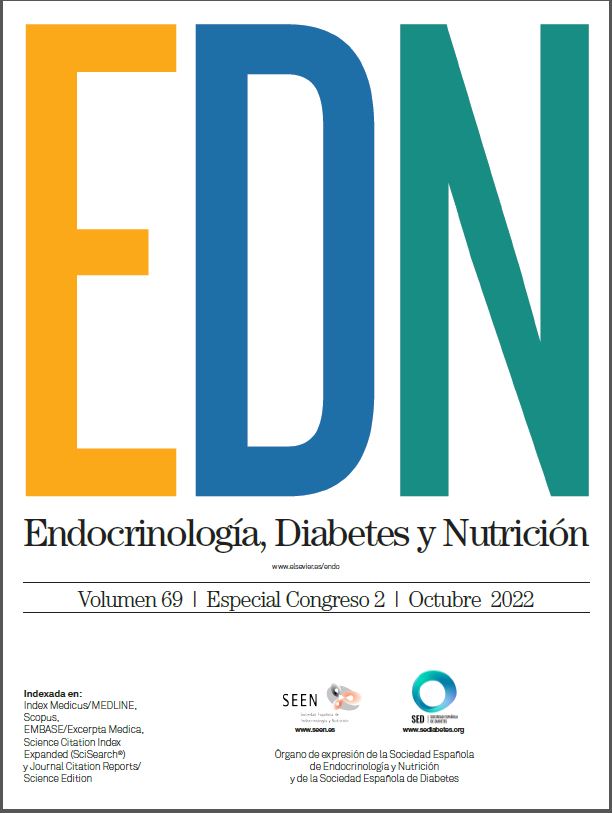374 - IS VITAMIN D SUPPLEMENTATION ABLE TO REDUCE THYROID PEROXIDASE ANTIBODY LEVELS IN PATIENTS WITH AUTOIMMUNE THYROID DISEASE? NEW EVIDENCE FROM A SINGLE EUTHYROID CASE
1Endocrinología y Nutrición. Hospital Universitario La Paz. Madrid. 2Análisis clínicos. Hospital Universitario La Paz. Madrid. 3Instituto de Genética Médica y Molecular (INGEMM). Hospital Universitario La Paz. Madrid.
Introduction: Although first evidences of a relationship between vitamin D (VD) and immune system date back to 1946 (1), it has not been until recently (2) that some studies have suggested that VD supplementation may reduce thyroid peroxidase antibody (ATPO) levels in patients with autoimmune thyroid disease (AITD). However, this causal relationship is still questioned by some authors, and no specific management recommendations are published for euthyroid AITD patients that suffer VD deficiency or insufficiency. Here, we provide with new evidence to support the beneficial effect of VD supplementation on ATPO levels.
Case report: A 66 year-old male with osteoarthritis but otherwise healthy, consulted in 2021 for recently discovered AITD (based on a thyroid ultrasound) in the course of investigations for dysphagia. He had normal thyroid function, with low serum VD (calcidiol) levels 19 ng/ml (NR 30-100) and high ATPO 881.3 UI/ml (NR < 60). VD supplementation is then started, with 0.266 mg of oral calcifediol (15,960 IU of VD) initially weekly during the first month and then monthly during 3 months. Three months later, in parallel with the normalization of VD levels up to 48 ng/ml, ATPO had reduced to 506.9 UI/ml. VD treatment was stopped. On review a year later, VD had decreased down to 24 ng/ml, and ATPO had increased back to 866.7 UI/ml. A new thyroid ultrasound did not reveal any new changes. Conclusion: The evolution of our case highlights the according variations of ATPO levels in parallel with VD levels, proving not only that ATPO titers decrease after VD normalization, but also that this reduction is reversible when VD supplementation is stopped, which suggests a clear and consistent relationship between both. This reversibility reinforces the need to maintain VD normalization in the long run in patients with euthyroid AITD, an aspect that we propose to include in the current management guidelines.







